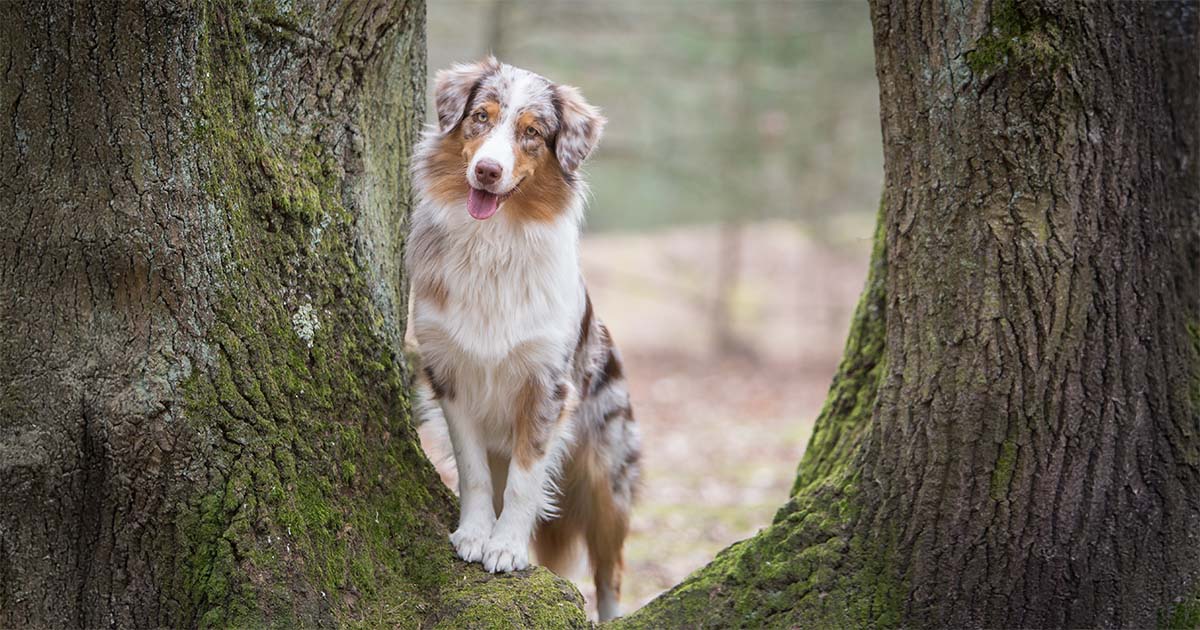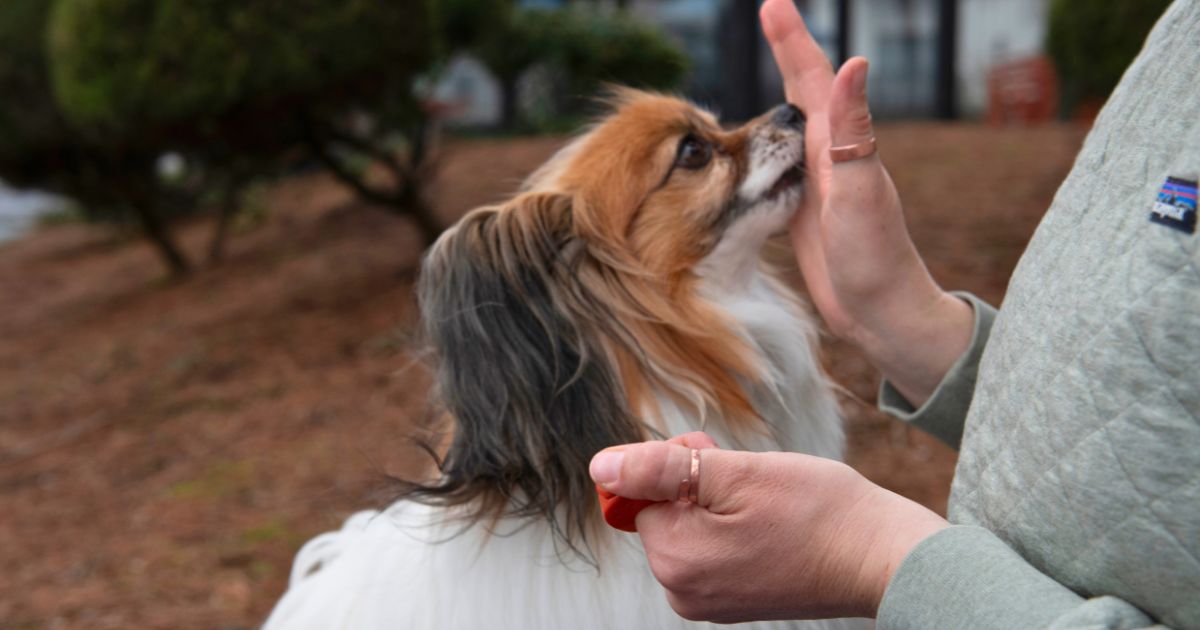Free shape—or not? Free shaping is a type of animal training where you teach the behaviors in gradual steps using a marker, like a clicker, and rewards. Shaping can be a great way to teach some difficult behaviors, expand your animal’s capabilities, exercise your animal’s brain, and build your chops as a trainer. There has been a recent trend pushing toward free shaping as …
Reducing Leash Reactivity: The Engage-Disengage Game
Sound familiar? The 4 Fs of fear Many dogs struggle to stay relaxed when they see another dog, a person, or a specific environmental stimulus, and end up reacting with an intense stress response. Stress responses can be categorized into fight (such as barking, lunging), flight (such as avoiding, hiding), freeze (such as cowering, shutting down), or fool around (such as …
The ABCs of Barking
Why all the barking? Barking happens for a reason. Sounds obvious, right? It didn’t always, according to applied ethologist Julie Hecht, writing in the spring 2013 issue of The Bark. At the turn of the century, barking was widely thought to be “simply an item on a dog’s daily checklist: ‘Take a walk, have breakfast, bark.’” Nowadays, there’s a small but …
How to Practice Clicker Mechanics
Remember when? Do you remember when you learned to tie your shoes? Maybe that’s too far back and the details are fuzzy. How about when you learned to type? I remember that well. It was during my freshman year of high school, the first period of the day, bright and early. My fingers were still asleep! As I clicked away …
Training a Steadfast Recall
A recall can save your dog’s life. It can stop her from running in front of a car, or from chasing an animal into the woods. It can call your dog away from a tempting but dangerous delicacy she has just discovered. Getting the behavior Teaching a recall is easy—just reinforce your dog for coming to you! Start by kneeling a …
Poisoned Cues: The Case of the Stubborn Dog
When I arrived at my client’s house last week, she was very excited to show me how well her dog Missy was doing with hand targeting. “Watch this!” Megan said as she gathered her clicker and treats. Missy was at full attention in front of her. Megan gave the cue, “touch,” and presented her hand. Missy took one look at her hand, ducked …
101 Things to Do with a Box
This training game is derived from a dolphin research project in which I and others participated, “The creative porpoise: training for novel behavior,” published in the Journal of Experimental Analysis of Behavior in 1969. It has become a favorite with dog trainers. It’s especially good for “crossover” dogs with a long history of correction-based training, since it encourages mental and …
Attachments
Be my Valentine? February means Valentine’s Day, a happy time for me as a child. I lived with the principal of our school, Mrs. Sturley, who set up a card table in the parlor so I could spend hours pasting together the paper, lace, stand-up figures, and stick-on hearts and lovebirds to make twenty-one special valentines for my twenty-one classmates. …
Jackpots: Hitting it Big
This letter is shared for historical reference and enjoyment. While it reflects the best practices at the time of publication, standards and recommendations may have evolved. You can read more up-to-date information about jackpots in the article The Jackpot Mystique: Tool or Trainer Supersition? by Ken Ramirez, KPCT Executive Vice-President and Chief Training Officer. Jackpots! A good thing? A bad thing? …
Charging the Clicker
At an annual meeting of the Association for Behavior Analysis, where over 2,000 behavioral scientists gather each year, a woman professor with whom I was acquainted told me she had organized, among her students, a Rat Olympics. I was excited! What a good way to interest students in operant conditioning! Alas, when I saw her videos, I was disappointed. Students were luring rats to …
Fading the Click?
When do I fade the click? How do I fade the click? We hear those questions all the time. The smart-aleck answer is “Never.” Because we don’t “fade” the click. Fading means doing something smaller and smaller until a tiny version of the original stimulus will serve, or until the learner no longer needs outside help to do the behavior. We don’t do …
Look, Ma, No Hands!
“Clicker training is easy,” said the woman in the puppy class. “It’s growing a third hand that is hard!” Like many beginning clicker trainers, she’s discovered that clicker training is as much a mechanical skill as it is a training method. (Many people also say it’s a way of life, a philosophy, and the secret to saving the world, but let’s not go …












